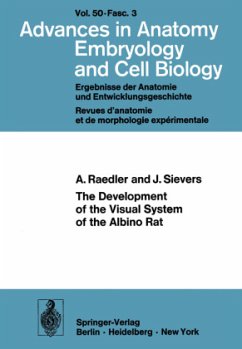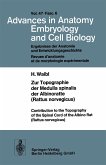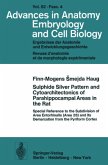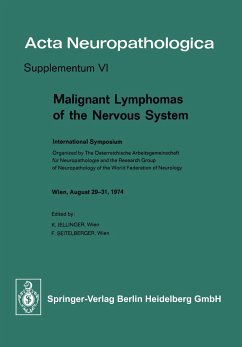Most authors who have studied the whole visual system described the fiber connections between the different nuclear centers (Monakow, 1883, 1889; Probst, 1900; Minkowski, 1913, 1920, 1934; Kosaka and Hiraiwa, 1914; Put nam, 1926; Oshinomi, 1930; Papez and Freeman, 1930; Lashley, 1931, 1934a, 1934b, 1941; Barris and Ingram, 1933/34; Le Gros Clark and Penman, 1934; Waller, 1934; Chang, 1936; Gillilan, 1940; Le Gros Clark, 1942; Krieg, 1946a, 1946b, 1947; Nauta and Bucher, 1954; Hayhow et al. , 1962; Lund, 1966; Mon tero, 1968). The histogenetic and cytogenetic differentiation of the various components of the visual system has been treated in numerous individual studies mostly on the cerebral cortex and the retina and to a lesser degree on the superior col liculus and the lateral geniculate body, however, it has not yet been investigated under the aspects of developmental interactions of a functional system on the basis of comparing the development of the different brain parts involved with re spect to the establishment of a functionally interrelated system. The first concepts of the histological differentiation of the neural tube and parts of the more advanced central nervous system were based on the classical neuroblast-spon gioblast-theory of His (1889, 1904), Cajal (1911, 1960) and Lorente de No (1922, 1933, 1949). The development of the definitive cerebral cortex with its 6 laminae according to Tilney (1933) was attributed to three successive cell migrations which form the supragranular, granular and infragranular layers.
Hinweis: Dieser Artikel kann nur an eine deutsche Lieferadresse ausgeliefert werden.
Hinweis: Dieser Artikel kann nur an eine deutsche Lieferadresse ausgeliefert werden.








